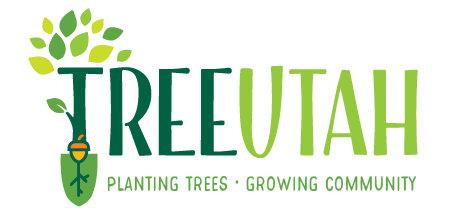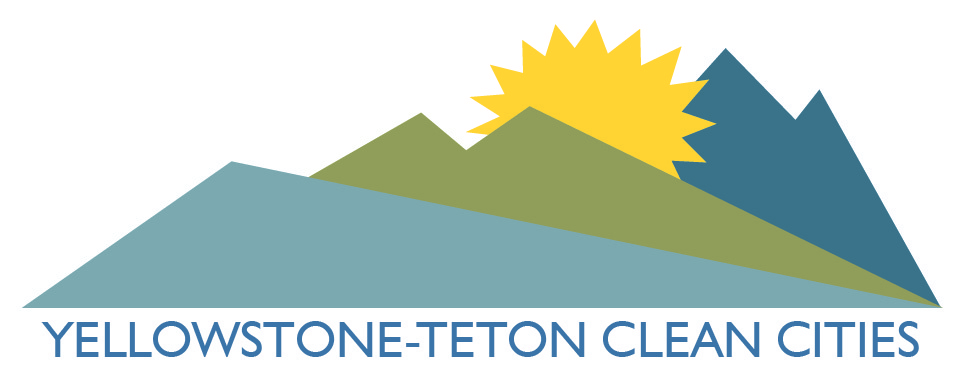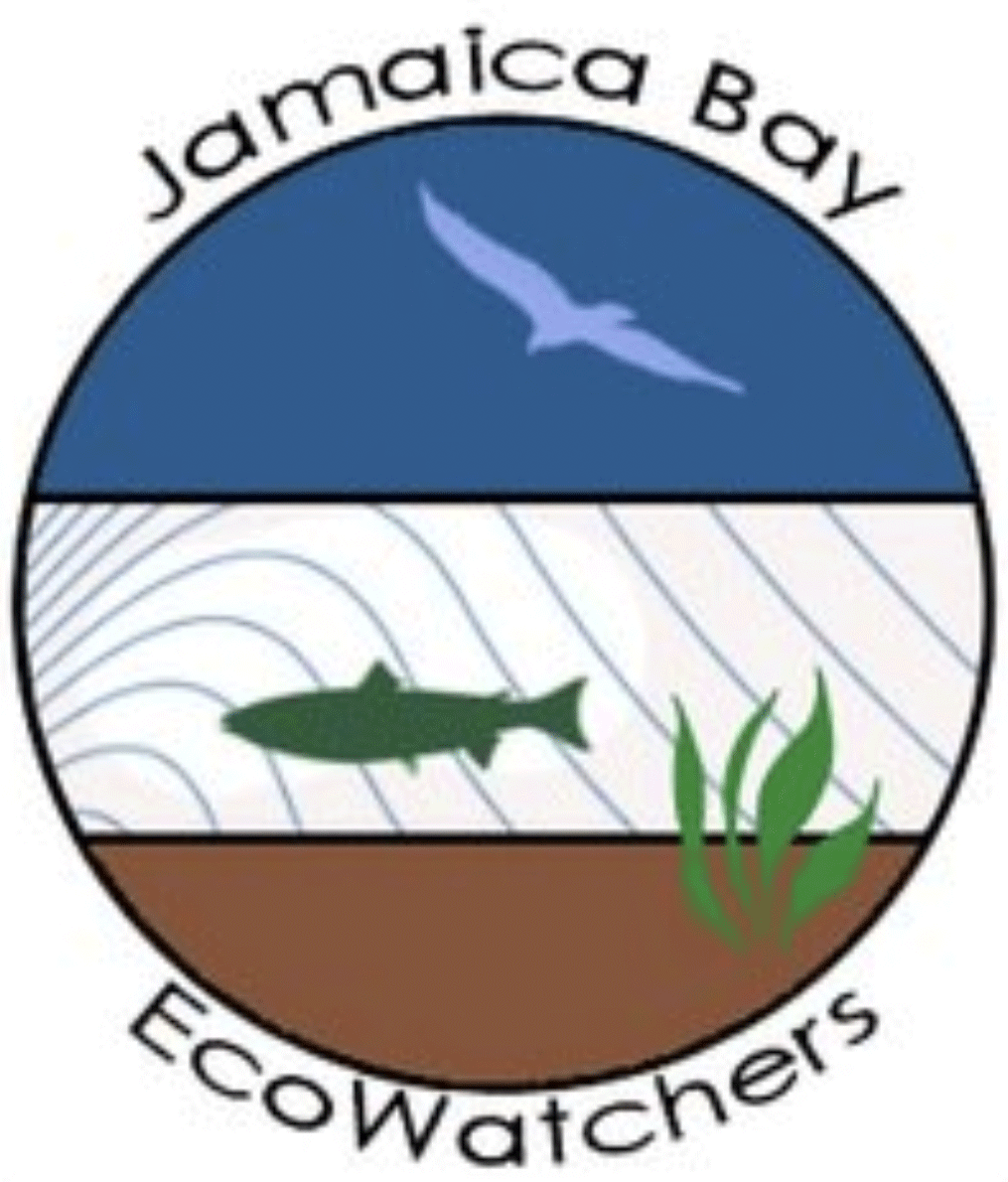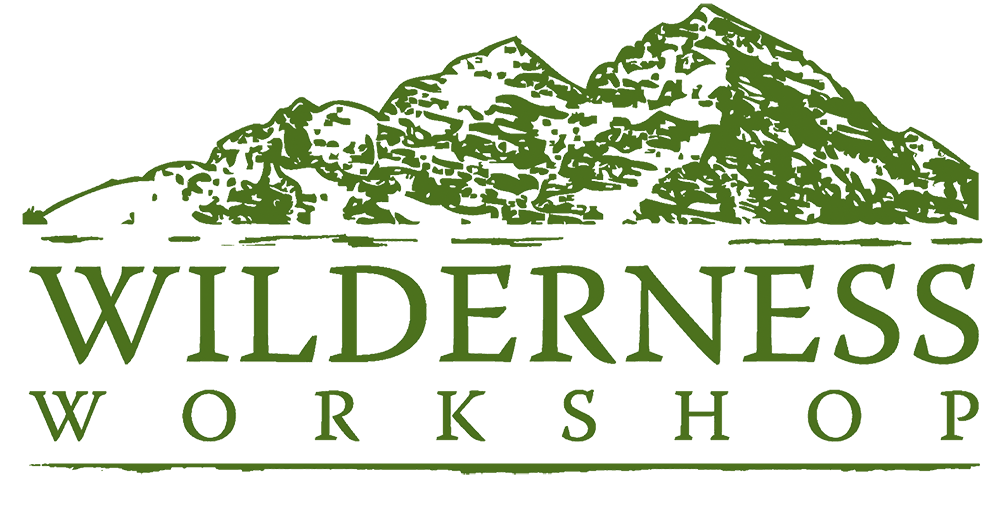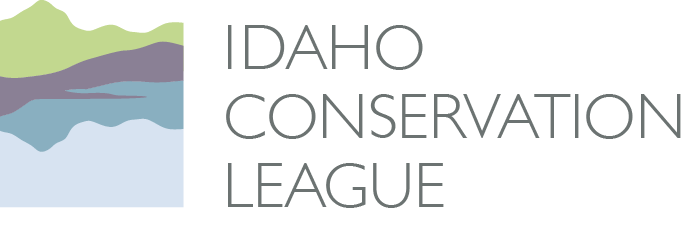Your offsets at work
Permanently removing greenhouse gas emissions from the atmosphereTypes of projects your
carbon offsets fund
Miles of travel offset
Active projects
KG of CO2 removed
Our Project Partnerships
We offer two offsetting options:
1. You can purchase Certified Carbon Offsets
2. Or, you can make a donation to an environmental Nonprofit Organization
Certified Carbon Offset Projects
The Good Traveler offset projects reduce greenhouse gasses and support local communities. To balance impact and affordability, The Good Traveler aggregates purchases to select from these offset projects. To learn more about the current certified carbon offset portfolio, please read below.Email [email protected] for more information.

FILTERS:

Massachusetts Tri-City Improved Forest Management
Location: Massachusetts
Offset standard: ACR
Project type: Improved Forest Management
Region: Northeast
Three cities in Massachusetts—Holyoke, Westfield, and West Springfield—have launched a joint Improved Forest Management project on ~17,000 acres of public forestland in central Massachusetts. Located in the Lower Connecticut River Valley, the properties are currently managed for watershed services, timber production, and recreation. The cities are challenged financially and are under pressure to generate increased revenue from their forests. The carbon project enables them to do so without resorting to more aggressive timber harvesting. The cities will achieve Forest Stewardship Council certification of their forests for the first time, helping further ensure long-term environmental and economic sustainability.
*This project was purchased from in 2021 and 2022
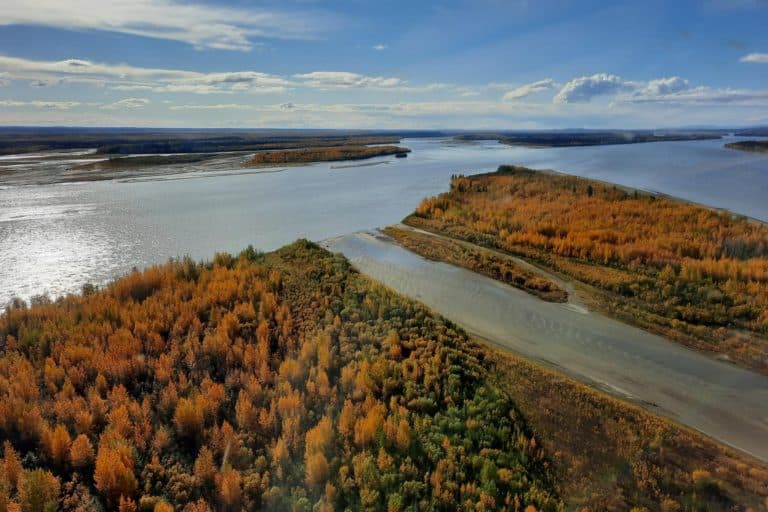
Doyon Forestry
Location: Alaska
Offset standard: ACR
Project type: Improved Forest Management- Verified Removals
Region: West
The Doyon Forestry Project is offsetting the need for greater timber revenue across 215,000 acres spanning two counties in mountainous interior Alaska. Owned by Doyon, an Alaska Native corporation, shares cannot be bought or sold but are earned by birthright. Project revenue supports regional economic, cultural, and social programs by investing in community projects, scholarships, professional development, and land stewardship. The Doyon Project area surrounds Healy Lake and helps to protect the Volkmar and South Fork Goodpaster rivers from erosion and runoff that would occur if the forest were heavily harvested. The project encompasses a portion of the largest unimpacted boreal forest in the world; critical habitat for many Alaska species, including the Eskimo Curlew, an endangered bird that has not been spotted in over 55 years.
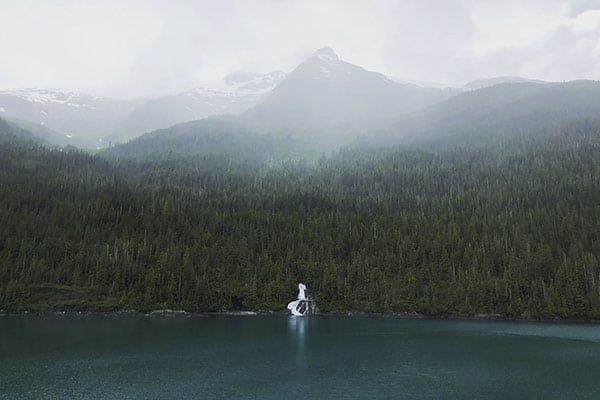
Shaan Seet forestry
Location: Alaska
Offset standard: ACR
Project type: Improved Forest Management- Verified Removals
Region: West
Shaan Seet is an improved forest management project on Prince of Wales Island in the Alaskan Panhandle, owned and managed by Shaan Seet, Inc. It includes higher elevation regions, recently deglaciated lands, wetlands, beach fringes and 7,000 acres of old-growth forest. The project will protect the land from development over the next 40 years and ensure continued environmental benefits through the preservation of old-growth sections of forestland. In addition to preservation, the project helps protect five different species of fish including sockeye salmon, coho salmon, chum salmon, pink salmon and steelhead trout.
*This project was purchased from in 2021, 2022 and 2023
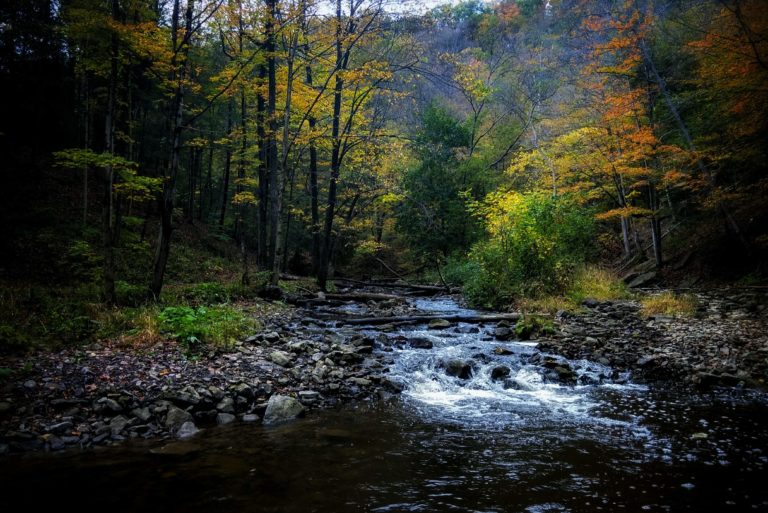
AIM Hamilton
Location: Ontario
Offset standard: CSA CleanProjects (Third Party Verified)
Project type: Composting
Region: Canada/Northeast
The AIM Environmental Group Inc. (AIM) Hamilton Central Composting Facility is an aerobic composting project located in Hamilton, Ontario. AIM focuses on converting organic residues from three municipal collection sites to quality compost product. All compost is processed using cutting-edge technology to develop methods for creating a high-quality and valuable product. The organic residues are treated aerobically to produce compost. In the absence of the project activity, the waste would have been discarded in landfills where it would undergo anaerobic decomposition, resulting in emissions of methane gas. The composting operations by AIM result in the avoidance of methane gas emissions from the decomposition of organic waste material in landfill sites. The AIM Hamilton project promotes sustainability by educating and engaging the community and encouraging best practices in reducing curbside waste streams. The estimated lifetime reductions from this project are 450,000 tCO2e.
*This project was purchased from in 2022, 2023 and 2024
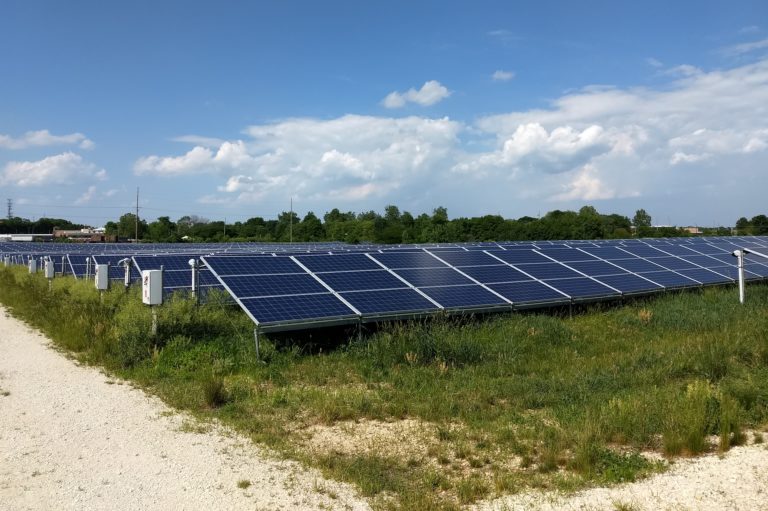
University of Illinois Energy Efficiency
Location: Illinois
Offset standard: Verra, Verified Carbon Standard
Project type: Energy Efficiency
Region: Midwest
The University of Illinois Urbana-Champaign (UIUC) increased building energy efficiency across campus through a program of aggressive retro-commissioning and upgrades, reducing energy use by 27% across 40 buildings. UIUC also implemented renewable energy and LEED-certified buildings on campus. UIUC has a 5.87 MW solar PV system and has promoted the adoption of renewable energy in the community. Additionally, solar thermal panels provide hot water for the Activities and Recreation Center. The school also secured money for a biomass boiler that provides heat to greenhouses by burning the farm’s energy crop harvest to heat water. Other installments include retrofitting 118,567 inefficient light fixtures, an on-campus energy conservation incentive program, and the creation of 12 LEED buildings. By reducing UIUC’s dependence on nonrenewable energy sources, the school is taking major steps toward resource efficiency and mitigating the negative environmental impact of its growing student population. The estimated total emission reductions over the life of the project are 338,112 metric tons of CO2e.
*This project was purchased from in 2023
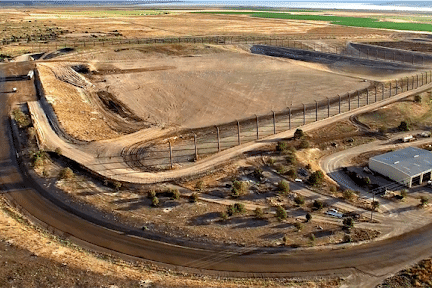
South Jordan Landfill Gas Destruction
Location: Utah
Offset standard: Climate Action Reserve
Project type: Landfill Gas Capture/Combustion
Region: West
The South Jordan Landfill is a 200-acre sanitary MSW landfill in the Salt Lake area. The project includes a gas collection and control system (GCCS) comprised of an interconnected network of vertical extraction and horizontal wells connected via underground header piping to three separate Caterpillar 3520 (1.6 MW) generator engines.
The Climate Action Reserve (CAR), in which this project is registered under, employs a performance standard approach for determining additionality, whereby each landfill must satisfy two tests to be deemed beyond ‘business as usual’: The Performance Standard Test and The Legal Requirement Test. The South Jordan Landfill passes to satisfy the additionality eligibility because landfill gas was not destroyed prior to the project start date(2005), and the landfill is not required by regulation, statute, or otherwise to install a gas collection system.
In addition to a significant reduction in GHG emissions resulting from methane destruction, the project will provide the following multi-faceted co-benefits: create construction, operations, and maintenance jobs in the state, increase safety by avoiding methane migration, control odors and destroy toxic compounds, reduces emissions of VOCs and other local pollutants, methane levels in groundwater are reduced, resulting in cleaner water and air, and converts waste into energy, and is a top renewable energy source.
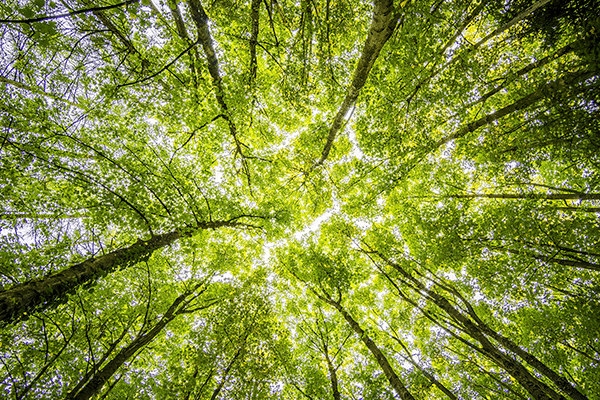
Hudson Farms Improved Forest Management
Location: New Jersey
Offset standard: ACR
Project type: Improved Forest Management- Verified Removals
Region: Northeast
Covering over 3,600 acres in northern New Jersey, Hudson Farm is one of the largest working forests in the state. Hudson Farm’s rich history spans over a century, and the property contains the iconic estate where the idea for the Appalachian Trail was conceived. Today, Hudson Farm pioneers wildlife conservation initiatives throughout the region and serves as a local community steward. Hudson Farm Foundation gives to local Sussex County charities including conservation and species protection projects, various medical causes, veterans, food banks, fire departments, and responsible hunting safety education and outreach. Hudson Farms partners with the National Audubon Society and the Natural Resources Conservation Service.
*This project was purchased from in 2021 and 2023
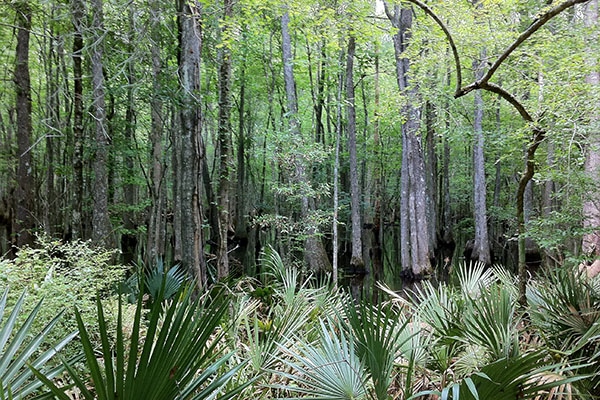
FRANCIS BEIDLER
Location: South Carolina
Offset standard: Climate Action Reserve
Project type: Improved Forest Management
Region: Southeast
Frequented by photographers and nature lovers from around the world, the 18,000-acre Francis Beidler bird and wildlife sanctuary offers a beauty unsurpassed in the South Carolina low-country. It is the world’s largest virgin cypress-tupelo swamp forest, a pristine ecosystem of thousand-year-old trees. The sanctuary also boasts a plethora of wildlife. Because the property features stands of valuable timber, logging has been an attractive management option in the past. The largest remaining old-growth bottomland hardwood forest and the largest remaining virgin cypress-tupelo swamp were formerly part of the Santee Cypress Lumber Company holdings. In recent years, the Audubon Society placed a permanent conservation easement on 5,548 acres of the property, prohibiting future development and commercial harvesting. This easement initiated a forest carbon project to generate funds for the long-term maintenance of the area and protection of additional buffering lands.
*This project was purchased from in 2024
Take a look at The Good Traveler impact to date and find offset retirement verification here!
Non-profit Partners
The Good Traveler partners with local environmental non-profits that are working to fight climate change. To learn more about the impact of a donation, please read below. To make an offset by way of donation with one of these non-profit organizations, create an account and select your chosen organization.Email [email protected] for more information.

